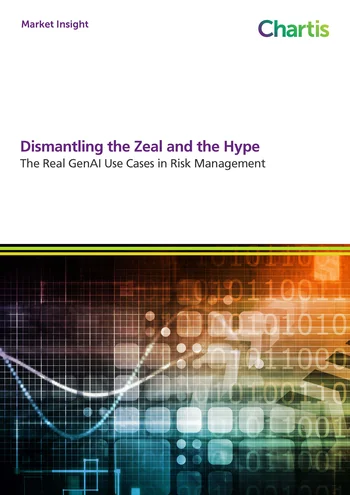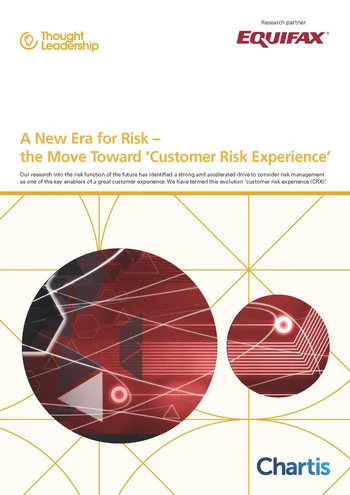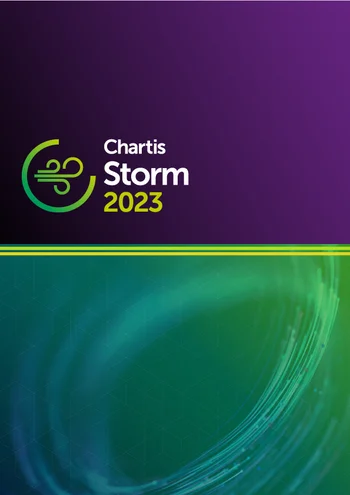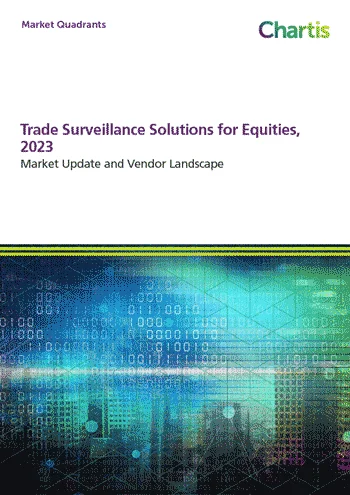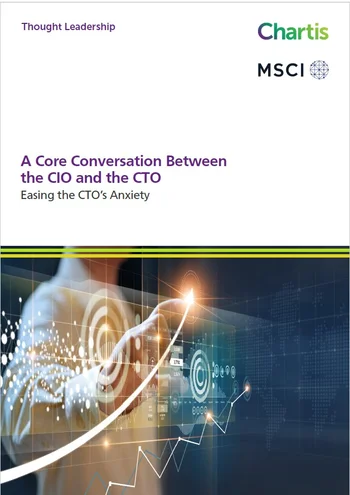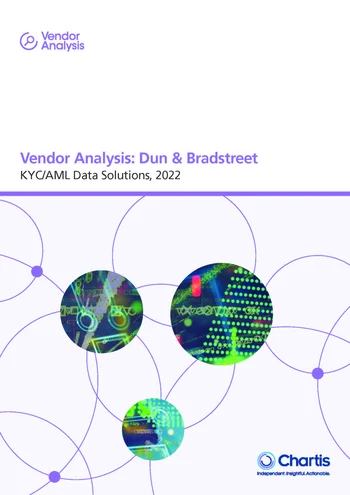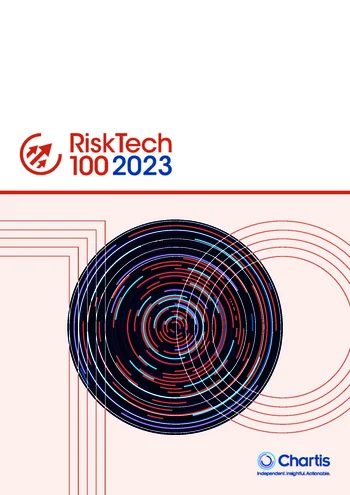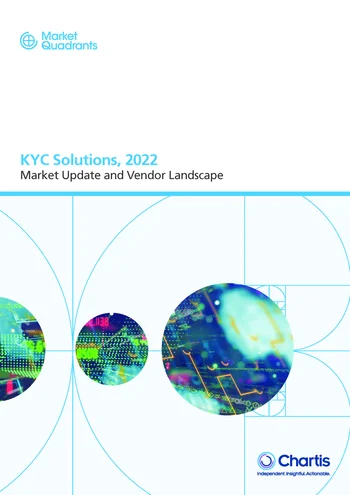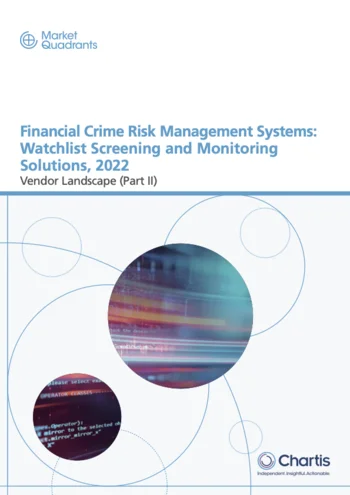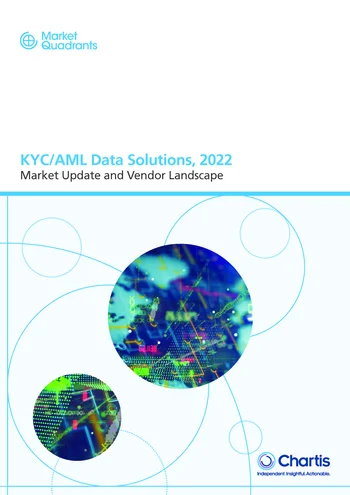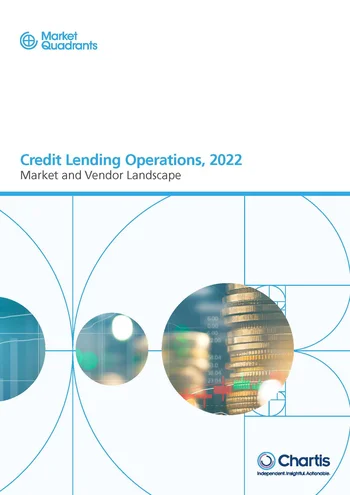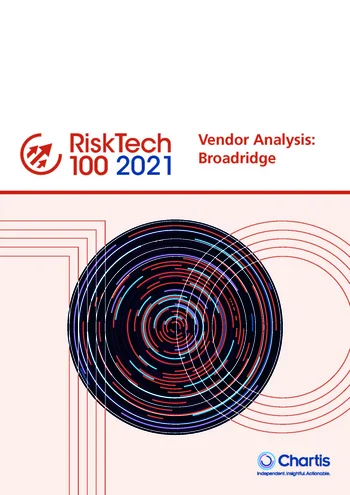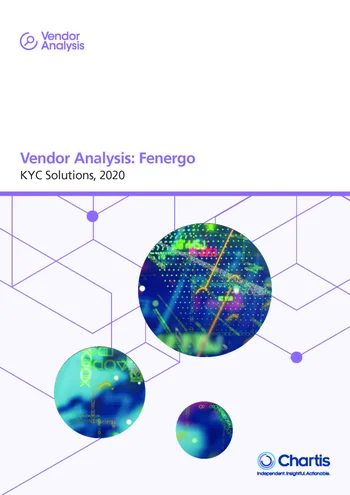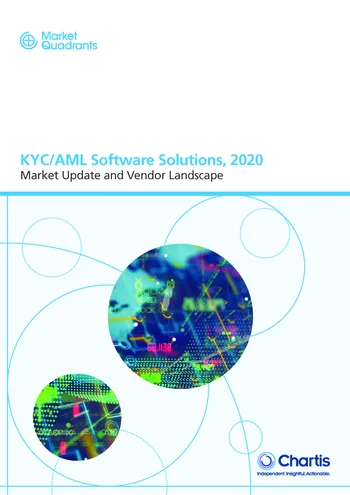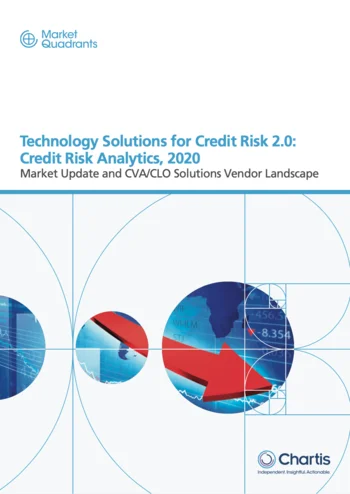Artificial intelligence (AI)
GenAI or replatforming? Bank CTOs disagree on budgetary spend
Voice of the CTO: In part one of a five-part series (published initially by WatersTechnology), several bank technologists discuss where they are looking to spend their budgets this year, and what hurdles stand in the way of experimenting with generative…
Dismantling the Zeal and the Hype: The Real GenAI Use Cases in Risk Management
In this clear-headed view of the field, Chartis explores the advantages and drawbacks of GenAI applications in risk management – firmly within the well-established and continuously evolving AI landscape.
A New Era for Risk – the Move Toward ‘Customer Risk Experience’
Our research into the risk function of the future has identified a strong and accelerated drive to consider risk management as one of the key enablers of a great customer experience. We have termed this evolution ‘customer risk experience (CRX)’. This…
Trade Surveillance Solutions for Equities, 2023: Market and Vendor Landscape
This report analyzes the market for equity trade surveillance solutions. Contains one RiskTech Quadrant.
A Core Conversation Between the CIO and the CTO: Easing the CTO’s Anxiety
This is the third of three reports exploring the risk and performance issues faced by Chief Investment Officers (CIOs) and investment managers in today’s markets.
Vendor Analysis: Dun & Bradstreet - KYC/AML Data Solutions, 2022
This Vendor Analysis summarizes the key theses in Chartis' 'KYC/AML Data Solutions, 2022: Market Update and Vendor Landscape' report and takes a detailed look at the quadrant positioning and scoring for Dun & Bradstreet.
RiskTech100® 2023
The latest iteration of the most comprehensive independent study of the world’s major players in risk and compliance technology.
KYC Solutions, 2022: Market Update and Vendor Landscape
This update outlines the key trends and dynamics in the market for Know Your Customer (KYC) solutions and provides a snapshot of the vendor landscape. Contains one RiskTech Quadrant.
Financial Crime Risk Management Systems: Watchlist Screening and Monitoring Solutions, 2022; Vendor Landscape (Part II)
This second installment of the 2022 watchlist screening and monitoring report examines three key sub-segments of the vendor landscape. Contains three RiskTech Quadrants.
KYC/AML Data Solutions, 2022: Market Update and Vendor Landscape
This update outlines the key trends and dynamics in the market for Know Your Customer (KYC) and anti-money laundering (AML) data solutions and provides a snapshot of the vendor landscape. Contains one RiskTech Quadrant.
Credit Lending Operations, 2022: Market and Vendor Landscape
This report outlines Chartis’ view of the market and vendor landscape for credit lending operations in the banking book, covering loan origination systems, limits management systems and collateral management systems. Contains three RiskTech Quadrants.
RiskTech100 2021 Vendor Analysis: Broadridge
An independent evaluation and description of the ranking given to Broadridge in Chartis’ RiskTech100® 2021 report, with a focus on its fixed-income solution.
STORM50 2021
This, the inaugural STORM50 ranking and analysis, focuses on the computational infrastructure and algorithmic efficiency of the vast array of technology tools used across the financial services industry. In this report we explore specific aspects and…
Vendor Analysis: Fenergo – KYC Solutions, 2020
An analysis of Fenergo and its KYC software solution.
As active/passive investment tides turn, FinTech is key to success
Current market volatility is ushering in a resurgence in active fund management, while asset owners are demanding more digital-driven access and transparency. To achieve the necessary active/passive balance and meet investors’ demands, new FinTech tools…
KYC/AML Software Solutions, 2020: Market Update and Vendor Landscape
This report updates our previous KYC/AML quadrant reports. It examines financial institutions’ (FIs’) evolving technology requirements for Know Your Customer (KYC)/anti-money laundering (AML) processes and systems.
Firm foundation: aligning hardware and software is vital for effective AI
Financial firms neglect the hardware for AI tools at their peril. But even as chips and system architectures evolve, trade-offs remain. When it comes to hardware, firms need to know what to balance with what, to avoid being lumbered with fragmented IT…
Technology Solutions for Credit Risk 2.0: Credit Risk Analytics, 2020; Market Update and CVA/CLO Solutions Vendor Landscape
This report builds on the themes discussed in Technology Solutions for Credit Risk 2.0, 2018, published in May 2018. In that report we identified an emerging credit risk environment – which we call Credit Risk 2.0 – in which the banking book and default…
KYC/AML Data Solutions, 2020: Market and Vendor Landscape
This is Chartis’ first dedicated report covering Know Your Customer (KYC) and anti-money laundering (AML) data solutions. It outlines the key trends and dynamics in the market and provides a snapshot of the vendor landscape.
Smart thinking: mitigating renewables-linked price risk with neural networks
Failing to incorporate renewable energy sources effectively into power networks can create serious issues around energy pricing and forecasting. Some neural networks can mitigate renewables’ intermittency, but require the right expertise and data.
More Than Just Policy: Effective Model Risk Management in a New Age
This report – a collaborative publication from Chartis and ClusterSeven – examines a crucial period of activity for MRM users and sellers. It considers what MRM now means in a post-IFRS 9/CECL world, and how FIs can develop effective MRM solutions in…
Is more data, and less math, a good thing in modern models?
Now that Big Data is mainstream, model developers face an epistemic trade-off: enable models to make more accurate predictions by loosening traditional statistical methodologies. But what impact might this have on the future accountability of our…
Meaning is everything: the problem of defining ethics for AI algorithms
Developing AI algorithms without strict definitions could create ethical problems for financial firms. To avoid mishandling their algorithms and potentially harming certain customer groups, firms must ensure their AI tools are no broader than the…

